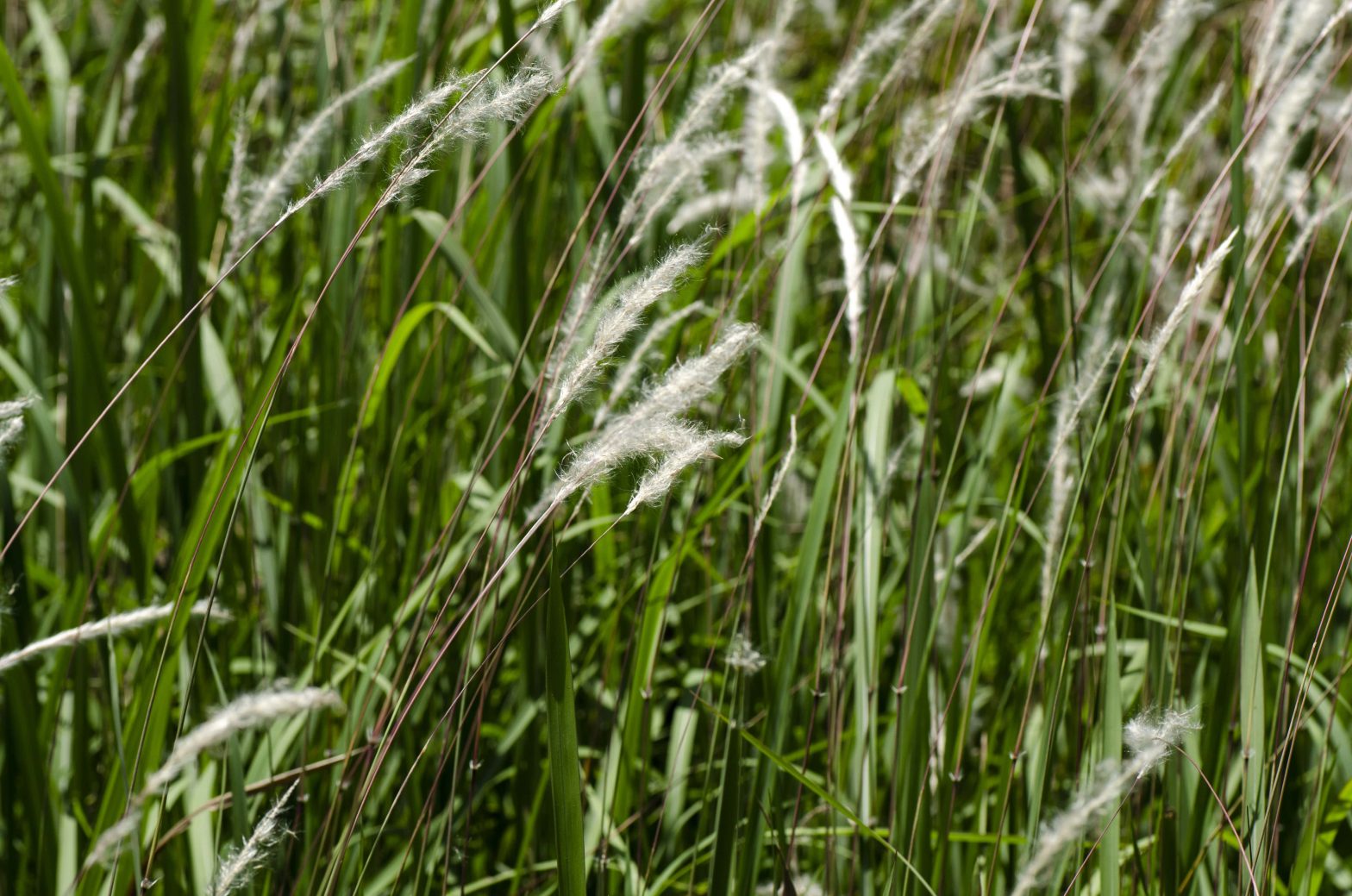Weed migration (or spread) is when a plant moves to and grows in an area where it’s unwanted. When weeds spread, they can do more than create unsightly blights on suburban lawns. Uncontrolled weeds, especially when classified as noxious, can damage crops, harm natural ecosystems, reduce biodiversity, and increase the need for herbicides.
This article covers the causes and consequences of weed migration as well as some methods for preventing it.
How weeds spread
Weeds invade new habitats through a process called seed dispersal. They can’t do this on their own; for a weed to spread its seed, it needs a migration method.
One of the most common dispersal methods is through animal or human activity. Birds snacking on seeds become unsuspecting carriers when they fly away and eventually relieve themselves. Livestock can eat infected hay and “release” seeds onto lands uninfected. Humans can pick up and transport seeds in their shoes, clothing, camping gear, or even bike tires.
Weeds can also spread using natural means like wind or water. Dandelions are probably the most obvious example of using the wind to disperse their seed, although common milkweed and horseweed also evolved to rely on the wind instead of animals. Although less common, water can spread seeds to new areas through heavy rain runoff or flooding.
Non-native species of weeds, which commonly enter the U.S. from Eurasia, spread rapidly and thrive because, according to the University of Arizona’s College of Agriculture, “they left behind natural predators that evolved with them in Eurasia such as insects, disease, and the native animals that ate them.”
Why is weed migration a problem?
As alluded to before, weeds can cause bigger issues than an angry HOA letter. Noxious weeds, which are defined by the U.S. Bureau of Land Management as “overly aggressive, difficult to manage, parasitic, poisonous, carriers or hosts of serious insects or diseases,” can be particularly dangerous. Some non-native weeds can also be classified as noxious.
Damage to wildlife
Noxious weeds can affect native habitats by overwhelming native plant species, devastating shelter and forage, and reducing native plant diversity and quantity. Unlike native plants, weeds can’t hold and protect soil. This creates more erosion and dumps more sediment into rivers and lakes, which negatively impacts fish habitats.
Damage to crops
Noxious weeds can reduce crop production by sapping nutrients from the soil and reducing the amount of native foliage available for grazing livestock. Agricultural producers must also spend millions of dollars dealing with weeds, which can drive up costs and impact grocery prices.
Recreational and economic impact
Noxious weeds, like the Eurasian watermilfoil, threaten watersports by forming thick mats in shallow lake areas. When weeds like thistle and nettle invade nature trails, they can cause people to cut their hikes short. As for the economic impact, Montana State University estimates that the effects of weeds and the efforts to control them (usually via herbicides) cost tens of billions of dollars per year.
How to stop weeds from spreading
Clearly, preventing weed migration is important for maintaining healthy ecosystems and creating sustainable agriculture. Unfortunately, there is no one surefire method to stop weeds from migrating. Every state has its own issues, needs, and recommended control methods. With that said, here are some general principles from the Washington State Noxious Weed Control Board (NWCB) that anyone — pest control professional or not — can use.
The NWCB recommends using integrated pest management (IPM) for effective long-term weed control (and we do too). IPM is a “big picture” pest control method that focuses on things like understanding the pest’s lifecycle, monitoring its activity, and using the least toxic control methods possible before resorting to chemicals.
- Identify the weed to understand as much as possible about it (habits, needs, dislikes)
- Identify all control options before acting
- Exclude the weed from the area, if possible, using one or more of the following control methods:
- Mechanical (hand-pulling, digging, mowing)
- Cultural (planting desirable species, improving soil conditions)
- Biological (introducing host-specific insects that only target the weed or using grazing animals)
- Chemical (applying carefully chosen herbicides – some types can only be applied by a licensed pesticide applicator)
- Monitor progress
- Adjust control methods as needed
As we’ve demonstrated, proper education is the best way to truly understand how to stop weeds like dandelions, crabgrass, or clover from spreading. That’s why we offer a variety of courses designed for licensed pest control professionals.
Courses available include History of Integrated Pest Management, Annual Bluegrass Resistance Management, Identification & Control of Noxious Weeds, Natural Areas Weed Management, and more. Whether you’re a licensed professional or considering becoming one, we can help. Select your state to get started!
Sources
Bureau of Land Management. (n.d.). Programs Weeds FAQ.
Retrieved from https://view.officeapps.live.com/op/view.aspx?src=https%3A%2F%2Fwww.blm.gov%2Fsites%2Fblm.gov%2Ffiles%2FPrograms_Weeds_FAQ.docx&wdOrigin=BROWSELINK
Burks, M. (2021, February 23). Spread the Word, Not the Weeds. Retrieved from https://www.fs.usda.gov/features/spread-word-not-weeds
Howery, L. & Ruyle, G. (1996, July). Noxious Weeds: A Disaster Looking for a Place to Happen in Arizona. Retrieved from https://cals.arizona.edu/extension/ornamentalhort/plantprotect/noxiousweeds.pdf
National Pesticide Information Center. (2021, September 17). Integrated Pest Management (IPM). Retrieved from http://npic.orst.edu/pest/ipm.html
Sorensen, A. (1984, August). Seed Dispersal and the Spread of Weeds. Retrieved from https://www.invasive.org/proceedings/pdfs/6_121-126.pdf
U.S. Department of Agriculture, Forest Service. (n.d.). Leave No Weeds, Noxious Weeds Affect Everyone. Retrieved from https://www.fs.usda.gov/Internet/FSE_DOCUMENTS/stelprdb5261209.pdf
Washington State Noxious Weed Control Board. (n.d.). Controlling Noxious Weeds. Retrieved from https://www.nwcb.wa.gov/control-and-disposal
Washington State Noxious Weed Control Board. (n.d.). Noxious Weeds FAQ. Retrieved from https://www.nwcb.wa.gov/noxious-weeds-faq
